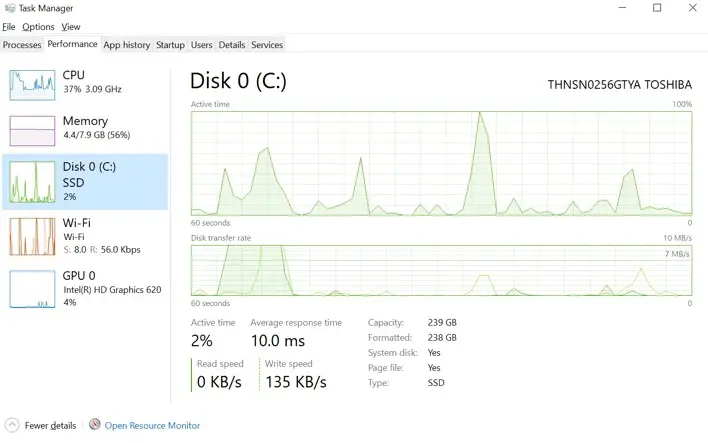Windows 10 Task Manager will support displaying GPU temperature and process architecture
The Task Manager is an application that is used by many users on a daily basis. Therefore, Microsoft has gradually added new features to the Task Manager since last year. For example, in the previous update, Task Manager has supported the display of process power consumption and power consumption trends, making it easy for laptop users to view applications with higher power consumption at any time. In the Windows 10 Insider Preview, Microsoft also brings native graphics card temperature support, and users can view the temperature of the display driver without using other software. In the Windows 10 Version 2004 release next spring, Task Manager will also get more new features to make it easier for users to manage hardware resources.
https://twitter.com/h0x0d/status/1208432008298237952
Microsoft is currently planning to bring architecture display support to the task manager. The x86 desktop computing platform architecture is mainly x86 and x64, while the Windows 10 ARM platform mainly supports the x86 and ARM64 architecture. Microsoft’s planned architecture display includes x86, x64, and ARM64, that is, the specific architecture of the process displayed under different platforms will also be all different. The architecture is shown in ARMv7 and previous versions may be ARM32.

Microsoft started to test the native graphics card temperature support in the Windows 10 Build 18936 version released earlier. This feature will also officially come with the release of Windows 10 Version 2004. At that time, most graphics cards will support to display the temperature after updating the driver model.

Another new feature of Windows 10 Task Manager released next year is to display the type of hard disk, that is, whether the hard disk is a solid-state drive or a traditional mechanical hard drive. This function will be displayed under the performance tab of the task manager, which makes it easier for users to check the speed of different hard disk types when viewing hard disk read and write performance.
Via: windowslatest





